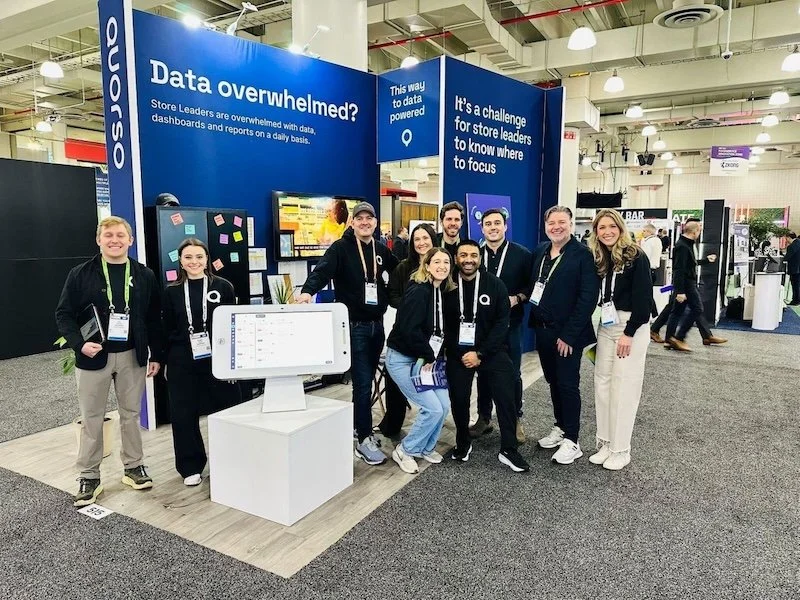How live data streams are transforming fan engagement in sports
There was a time when watching sports meant sitting on the couch, eyes on the screen, and waiting for the commentator to explain what just happened. Fans used to be observers. They watched. They cheered.
Then the match ended, and that was it. But something has changed. Now, fans are part of the game in real time.
The difference is data. Live data.
Today, enthusiasts track real-time statistics, heat maps, and even player speed as the game unfolds. Streaming services like ESPN and apps like SofaScore provide minute-by-minute reports. These tools enable users to view beyond the score.
They demonstrate movement, tactics, and trends. All of a sudden, the viewers are not just watching; they are reading the game. They ask questions. They make predictions. They make bets through live betting. They compare. Some even analyse a player's form during the match, like a coach would. This is no longer passive viewing. It's active participation.
Second Screens and Real-Time Interaction
Look around during any game; chances are, someone is watching the screen with a phone in their hand. That’s the second screen, and it’s everywhere.
Fans now use a second device to chat, post, and dig into stats. Apps give live commentary and quick updates. Reddit, X, and fan forums are packed during games. People post their thoughts in real-time. Some argue about fouls. Others celebrate a goal with strangers on the other side of the world.
Leagues and broadcasters are aware of this shift. Platforms like F1TV offer dashboards with real-time driver data. The NBA app gives instant stats and lets fans follow their favourite players. Watching a game has turned into a digital experience with multiple layers. The big screen shows the game. The small screen brings the fan into it.
The East:
— NBA (@NBA) March 9, 2024
For more, download the NBA App
📲 https://t.co/oRfhdB8ZfO pic.twitter.com/w8JwIyV2t0
The Rise of Predictive and Personalised Content
Data isn't just about what happened; it’s now used to guess what might happen next. This is where predictive tools come in.
During live games, win probability charts change with every shot or goal. Expected goals (xG) numbers explain how likely a team is to score. These stats appear on screens during Premier League games and major tennis tournaments. They tell a story as the game plays out.
Fans also receive alerts based on what they want to know. Some follow a favourite player’s performance. Others get updates when their team is close to breaking a record. It’s all personalszed.
These tools don’t just inform, they build excitement. They make fans feel closer to the game, even if they’re watching alone.
Fan-Curated Experiences and On-Demand Insights
Not all fans watch games the same way. Some want every stat. Others want to focus on one player. That’s now possible. Today’s sports apps allow users to customise their view. NBA League Pass, for example, lets fans switch between camera angles. DAZN has options to follow key moments or specific athletes. Some platforms even allow you to track just your fantasy team players during a game.
This control means fans get the game they want, no more waiting for replays or highlights. The tools are there, and fans decide how deep they want to go.
Integrating Biometric and Performance Data
There’s another layer that’s changing how games are watched: biometric data. This includes heart rate, speed, and fatigue levels. It gives a more human view of the athlete.
In cycling, like the Tour de France, fans see how much effort a rider is putting in. In tennis, live heart rate stats show how a player reacts under pressure. Rugby broadcasts sometimes display sprint speed or impact levels during tackles.
This data brings fans closer to the physical and mental strain of the sport. It adds tension. When fans see a player’s heart racing before a penalty, they feel the nerves too. There are ongoing discussions about privacy, but much of this data is shared with permission. When used well, it adds depth to the story on screen.
Social Engagement Fueled by Real-Time Stats
Games now move fast, and so do fan reactions. The moment a big stat drops or a player reaches a record, social media lights up. A new milestone? Fans post about it. A sudden change in stats? People debate what it means. Real-time data gives fans something to talk about, instantly.
This creates a sense of community. Even people watching alone can feel part of something bigger. From memes to match analysis, everything spreads faster because the data arrives in real-time. It’s no longer about waiting for post-game shows. The conversation is already happening.
Conclusion: The New Era of Connected Fandom
Live data has changed sports forever. Fans are not just viewers anymore. They are active, involved, and connected. It’s not just more information; it’s better information. It’s personal, predictive, and full of emotion. Data doesn’t just explain the game. It helps fans feel it, share it, and live it in real time.
This is the new way of being a fan. Watching the game is only the start.































Continue reading…